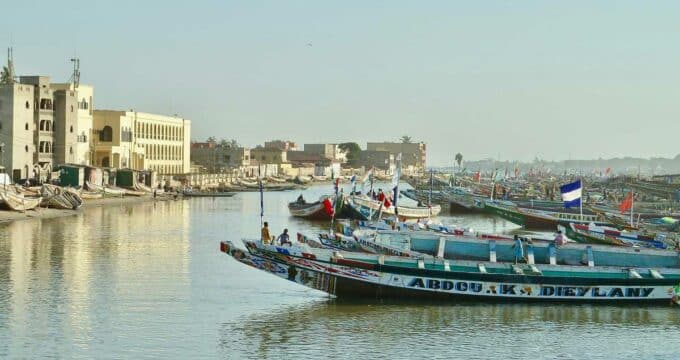Recruiting in Oman
At roughly 4.6 million people, the Persian Gulf state of Oman (officially: the Sultanate of Oman) is the third-most populous country in the region, after Saudi Arabia and the United Arab Emirates. With more modest oil reserves than many of its neighbours, the economy of the country is also more diversified than many in the region. Along with oil exports, Oman has notable strong tourism, fishing, and agriculture sectors in particular. Oman is a young country with a high birth rate, and more than 40% of Omanis are under the age of 15. These factors have combined to drive significant modernisation and diversification efforts in the country’s economy, and they have played a part as well in establishing a strong tradition of study abroad. The latest UNESCO figures indicates that the number of Omani students enrolled in higher education abroad rose by more than 50% between 2011 and 2016. As of last year, there were nearly 15,000 Omani students enrolled abroad. This growth has been driven in part by a significant expansion of government scholarship support since 2011. The Omani government now maintains two streams of scholarships: Group A (full scholarships) and Group B (partial scholarships). Group A awards are given to the country’s top students (reportedly those with a 95% average and above), whereas Group B recipients are required to have an 85% average or above. Group B awards are largely administered by Omani government officials, and mainly in collaboration with Oman’s embassies or consulates abroad. They provide for a monthly living stipend and tuition funding up to US$20,000. Both scholarship categories are focused on undergraduate studies (with graduate awards administered separately), and they are concentrated on fields of study that are tied to identified labour market requirements in Oman.
An agent’s perspective on the market
We recently had an extended conversation with Suad Alhalwachi from Education Zone, an education consulting firm based in the United Arab Emirates and serving students in Oman and other Gulf states. In the video excerpts that follow, Ms Alhalwachi offers her considerable insights on the latest developments in the Omani study abroad market. In our opening segment, she highlights in particular the large volume of high school graduates, relative to population, and the well-established drive to study abroad among Omani students. Ms Alhalwachi notes as well the strong need for language studies, suggesting a particular appeal for foundation or pathway programmes for Omani students. In terms of fields of study, Ms Alhalwachi notes that the Omani government plays a significant role in shaping student demand (via targeted scholarships tied to regular labour market studies) when planning for studies abroad. In our next interview segment, Ms Alhalwachi describes some of the important government initiatives, including expanded scholarship support for study abroad, in the wake of the Arab Spring in 2011. In our final video excerpt, Ms Alhalwachi notes some of the emerging shifts in destination preferences for outbound students. UNESCO data indicates that a large share of outbound students (roughly 55%) stay relatively close to home with study destinations in neighbouring Gulf states or elsewhere in the Middle East. In 2016, more than four in ten (41%) simply crossed the land border to the UAE to pursue their studies there. Even so, significant percentages do go further afield to institutions in the US or UK, with the balance widely dispersed among other European and Asian destinations. Ms Alhalwachi reinforces this historical preference for study within the students’ home region, but notes as well that expanding government programmes are an important factor in encouraging students to choose study destinations outside the Gulf area. For additional background, please see:
















